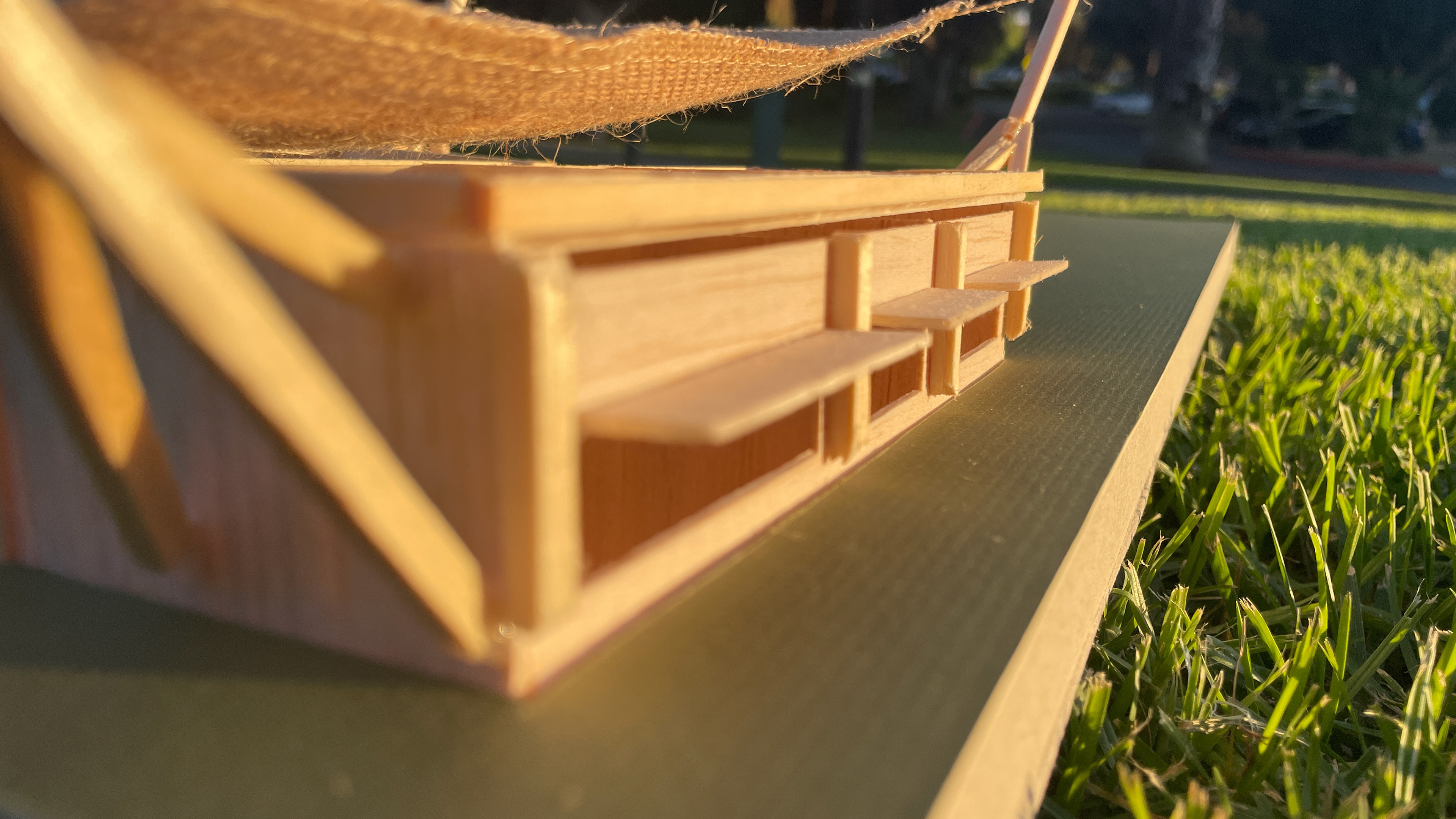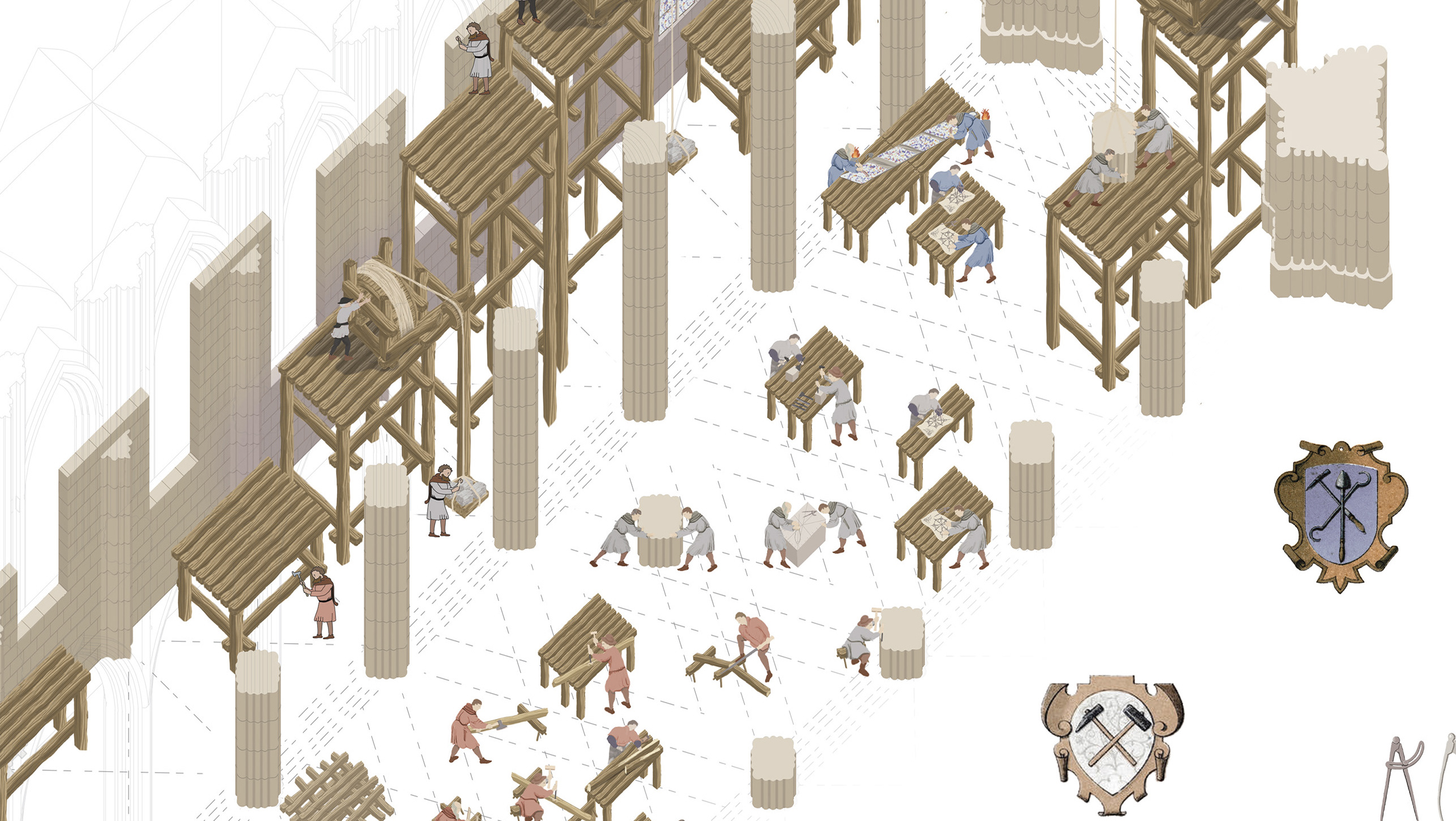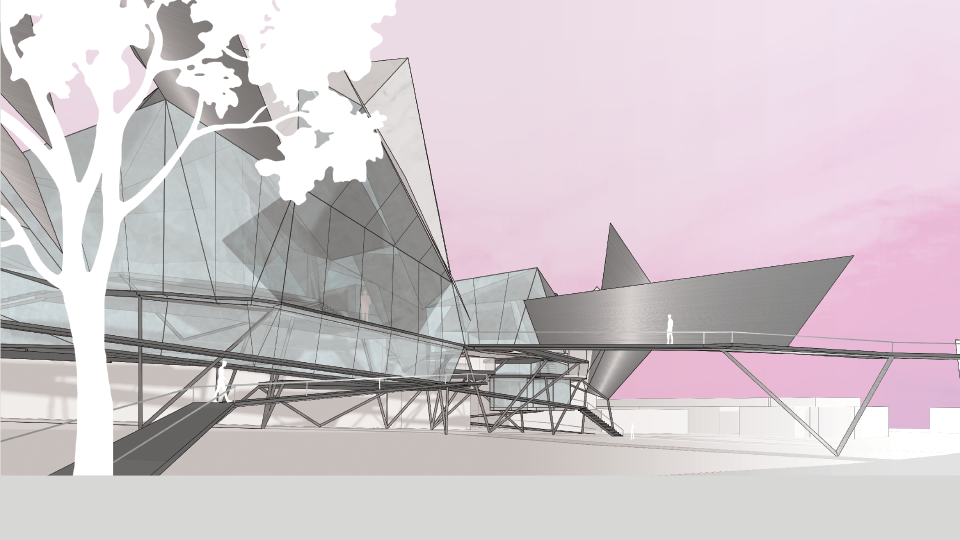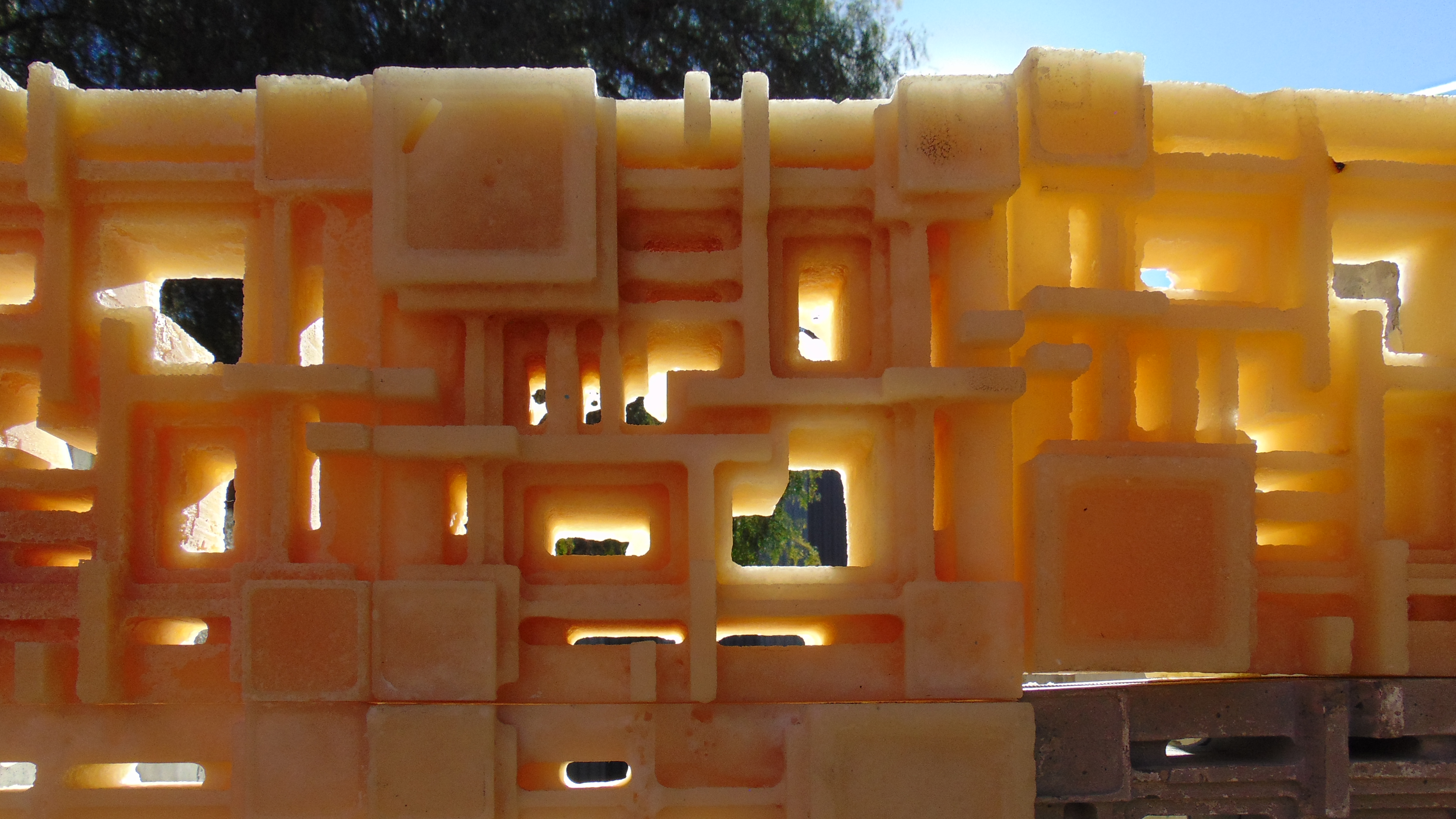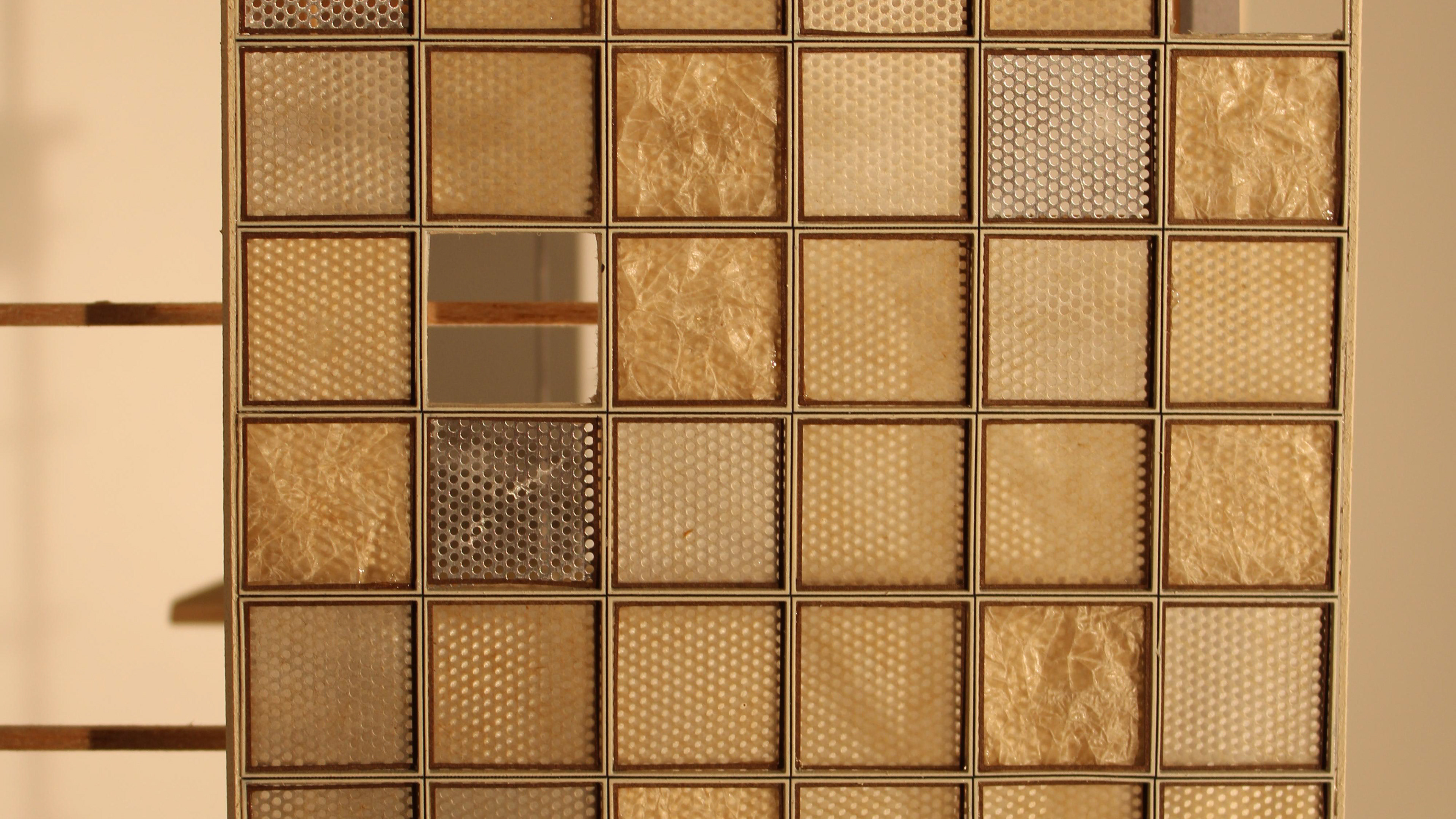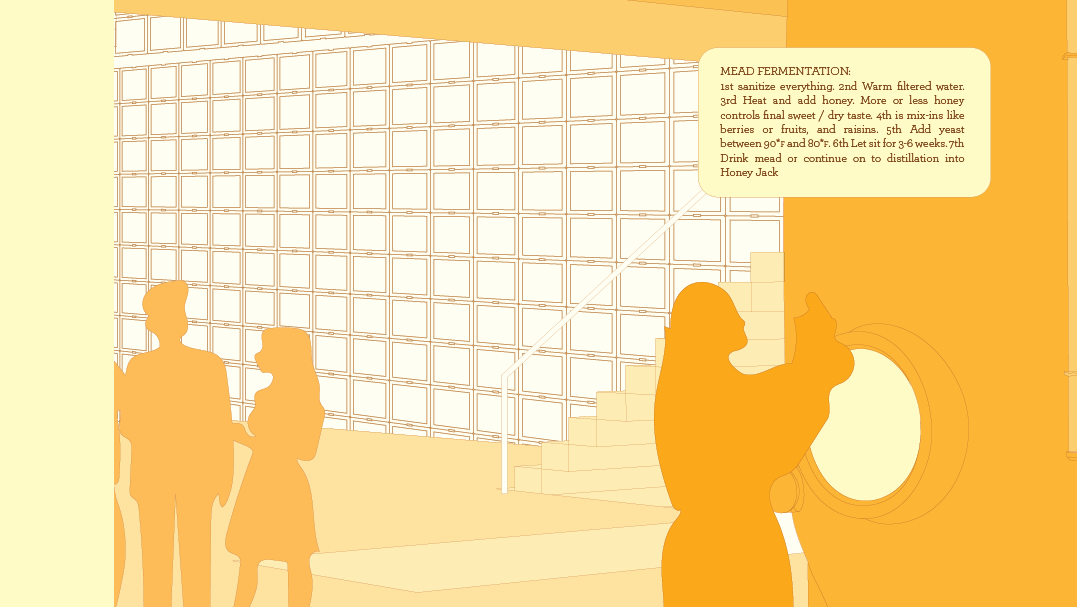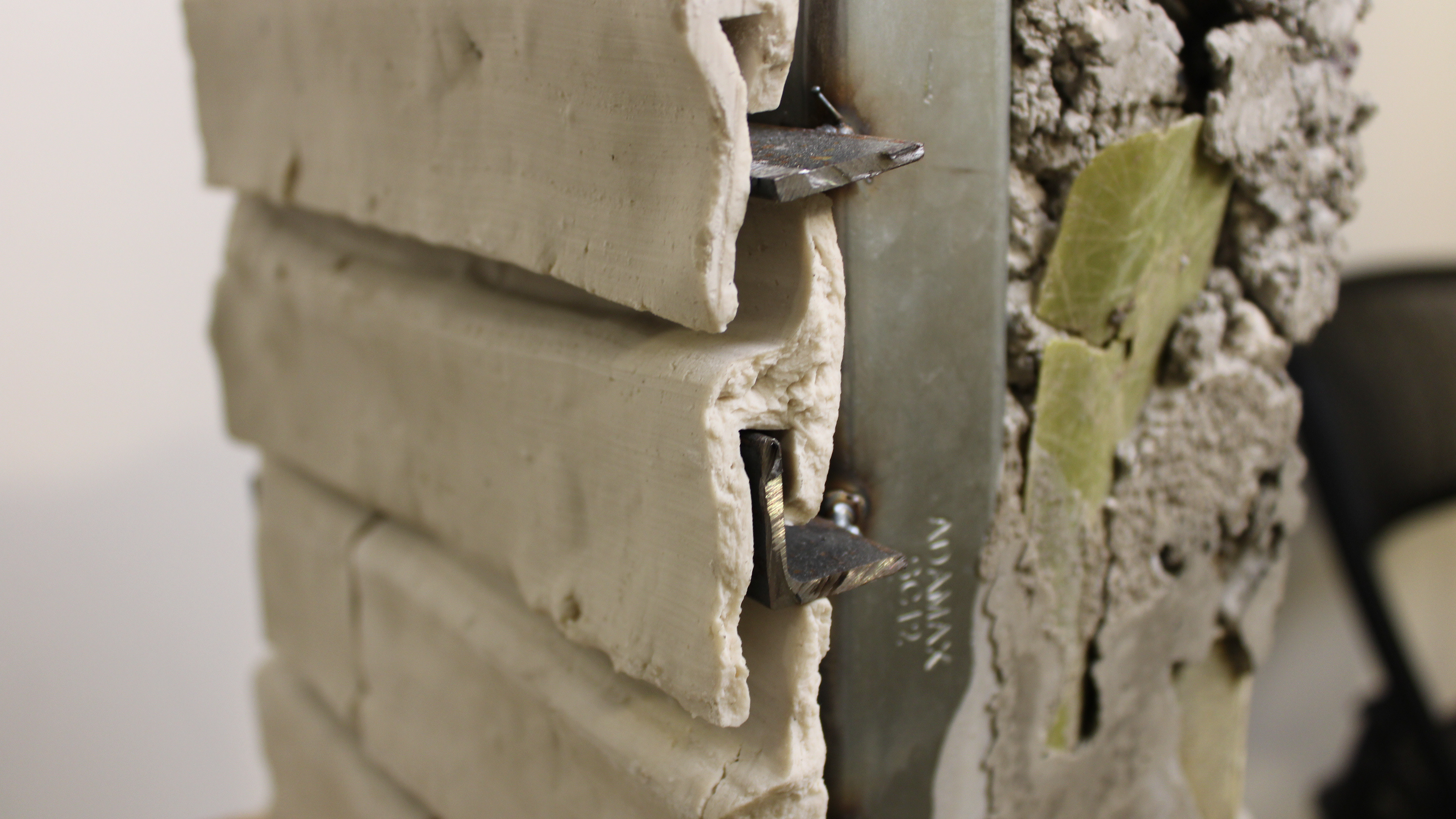Architecture Studio 4 at Woodbury University, Assignment 2, Prof. Hannah Hortick
Make and present diagrams for the given precedent.
This is the Reichstag, it is the parliament building in Berlin, Germany. It was originally designed by Paul Wallot in 1894. The Reichstag was and still is important for Germans because it is the head of their government. All the big decisions go though here.
The building itself is a place for the parliament to meet. This building was for government, and government only. The style is exactly what you would expect from a government building. The exterior is made from heavy stonework, with little openings. It reminiscent of a castle.
In 1933 a man burned down a lot of the building. Because of Its significance as the head of Germany, Hitler used this disruption to gain emergency power.
The building laid dormant until 1945 in World War 2. The Soviets took the building because of, once again, its symbolic power in Germany. They absolutely trashed the inside, graffitiing the walls, bricking up the windows, and breaking anything they could. This destruction was a huge assault on the German people.
Because of these historical events, the Reichstag went through multiple renovations.
In 1960 there was a meager attempt to restore the building, but it was not fully restored until 1999. The exterior was complete, but the interior was still lacking. This stage of the renovations made the building just a façade. It was a shell of its previous self.
A blip in the restorations happen in 1995 when Jeanne and Cristo, artists who have wrapped multiple buildings, wrapped the Reichstag with Over a million square feet of fabric. They had no other goal than to bring joy to the viewer and see the building in a new way. They had kept asking to wrap it for nearly 20 years until they finally allowed it.
From 1990 to 1999 reconstruction by Norman Foster continued. This is when the idea of the building being only for the government died.
Norman Foster redesigned the building to embody the mind of the current government. It represented a change by the government to be more transparent. They wanted the government to be more publicly seen and heard. Norman represented this by literally making it more visible. The massive dome on top of the building lets light shine down into the main discussion room. As well as letting those in the dome to see directly into the discussion room. Looking up from inside the room, you can see much of the city through the curved mirrors in the dome. This is always a reminder to keep the people in mind. These changes brought the public eye onto all the affairs going on inside.
